
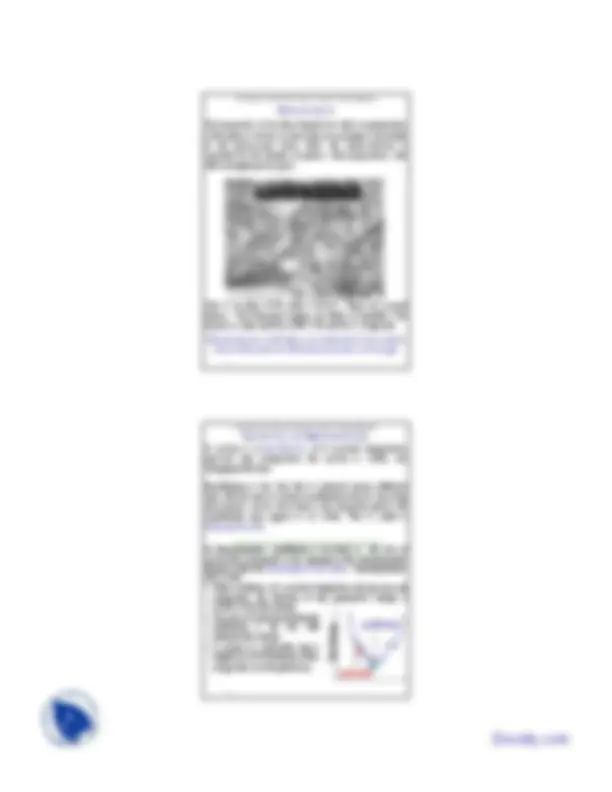
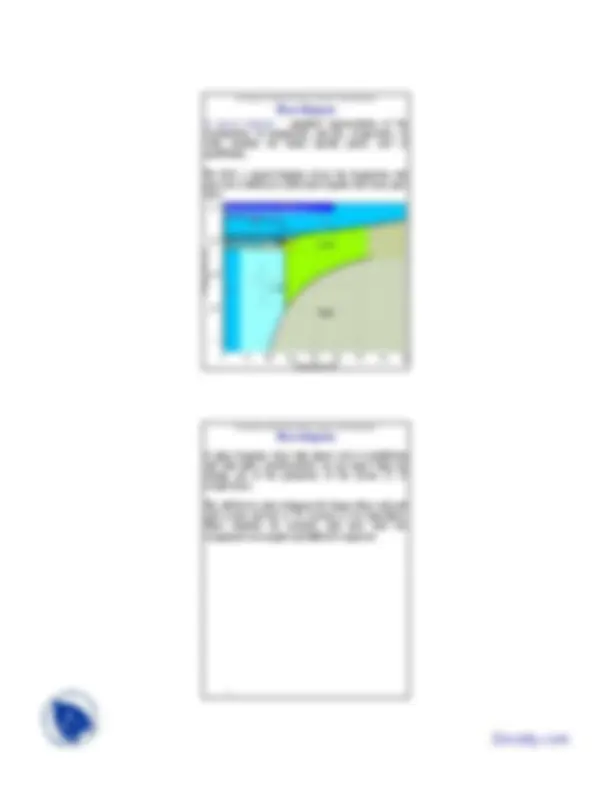
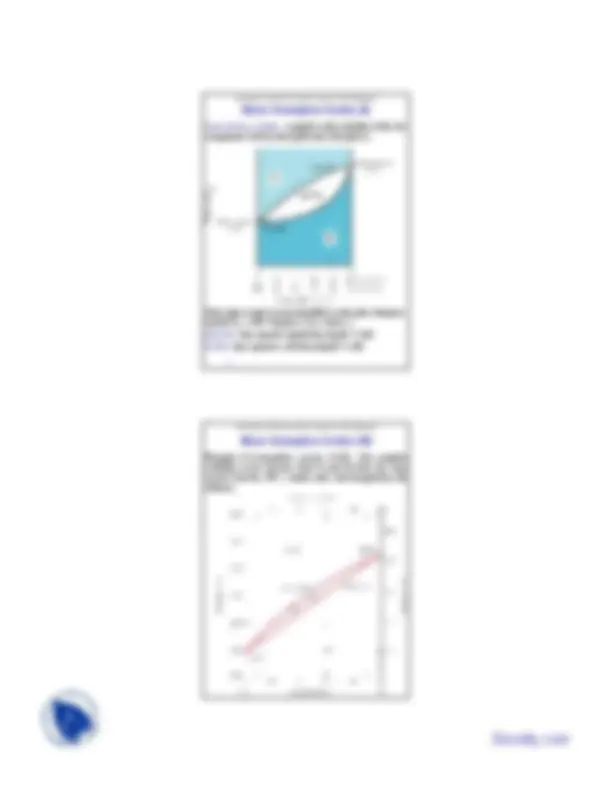
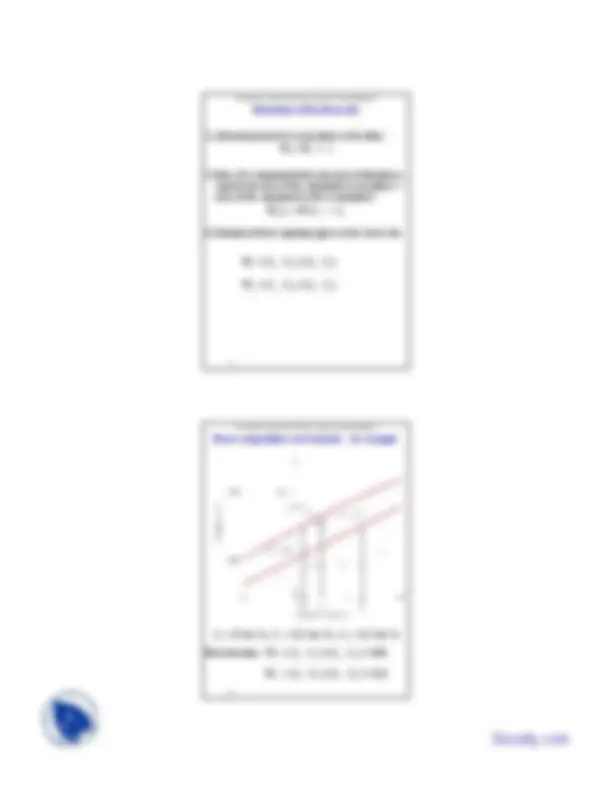

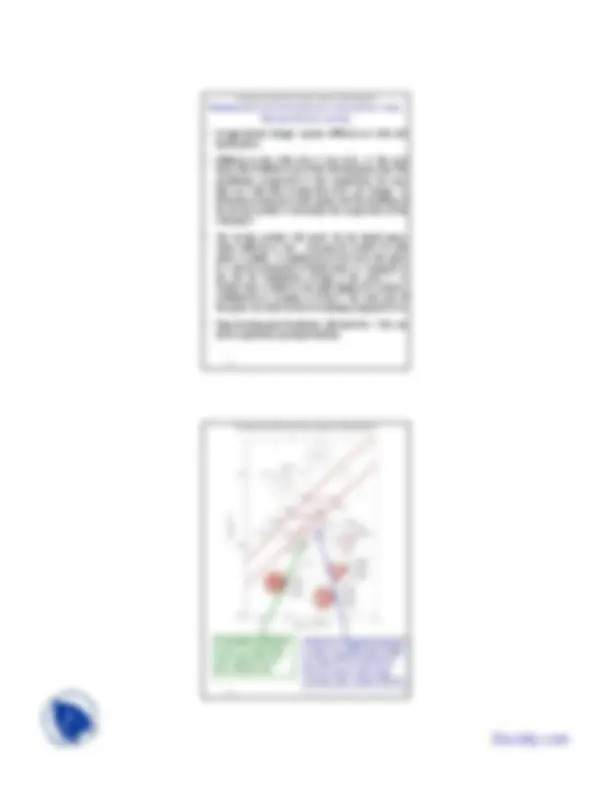


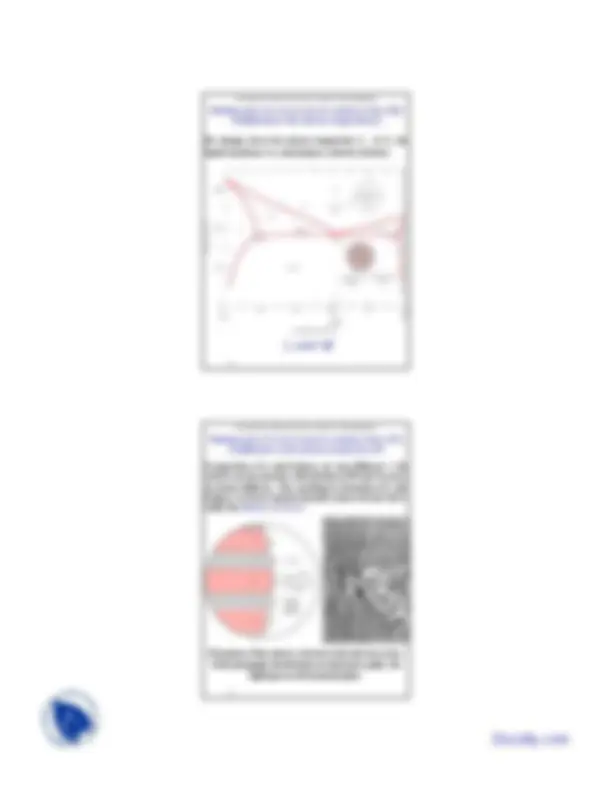
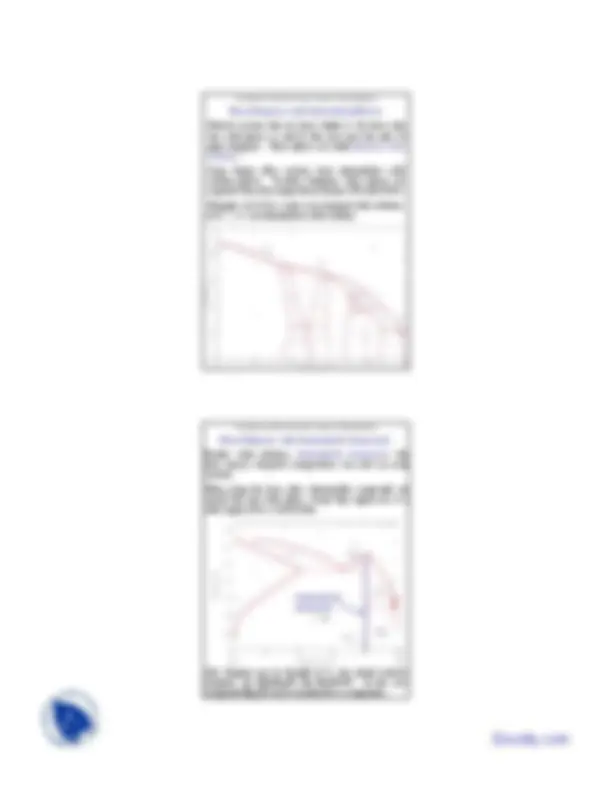
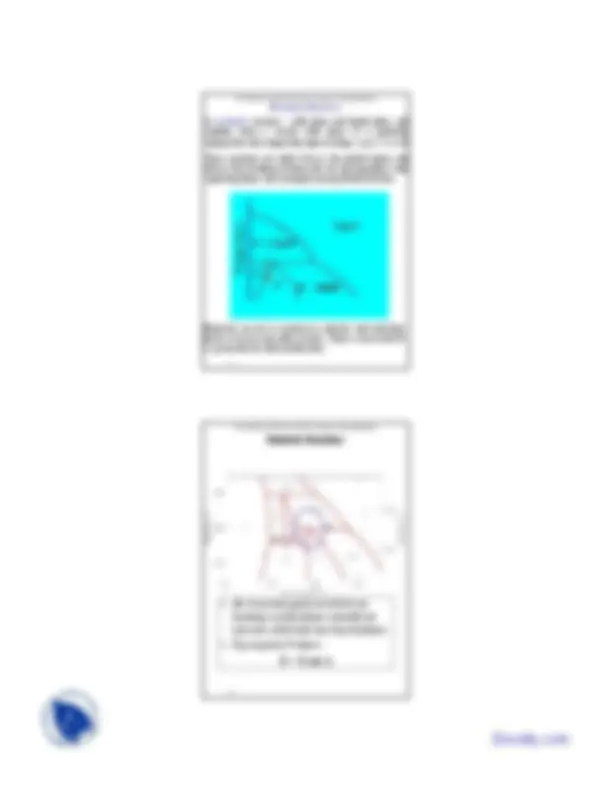



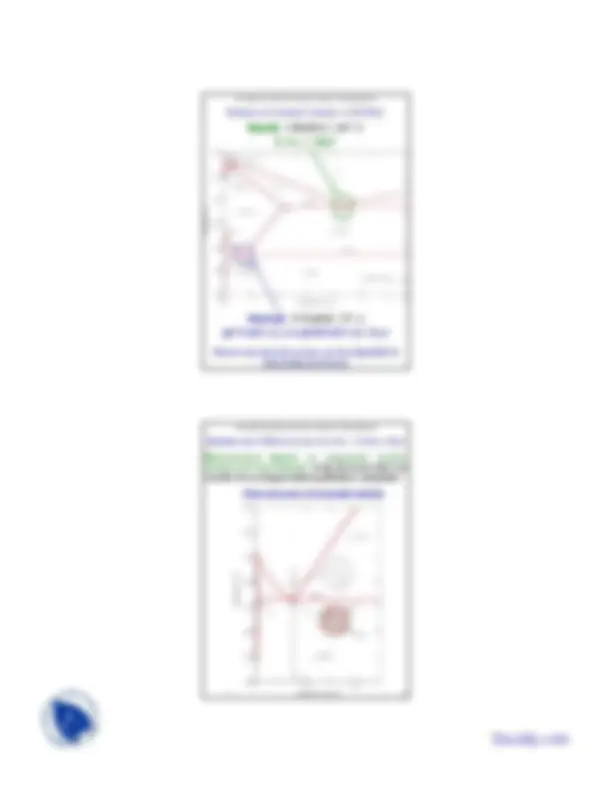
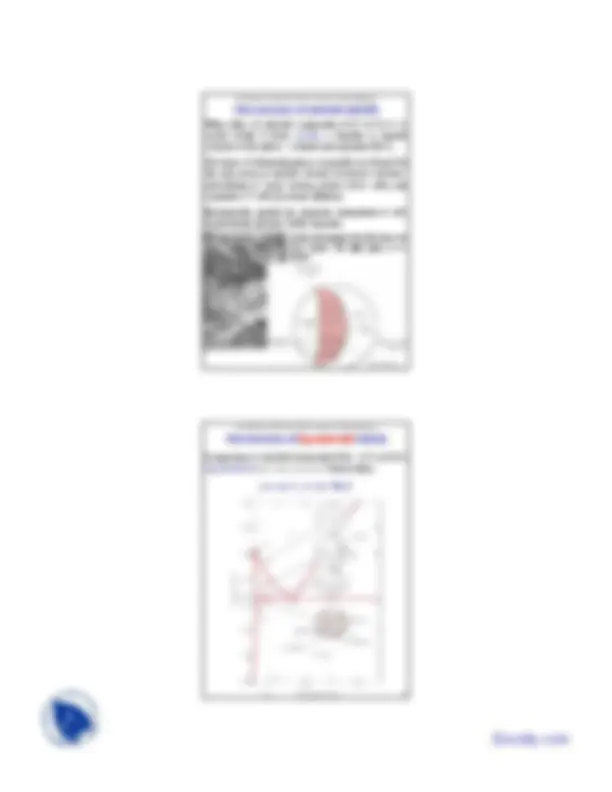
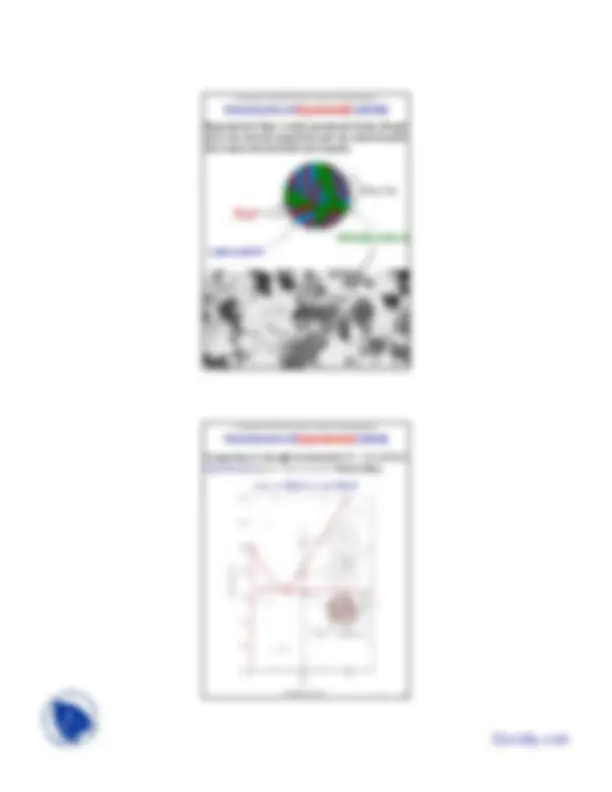
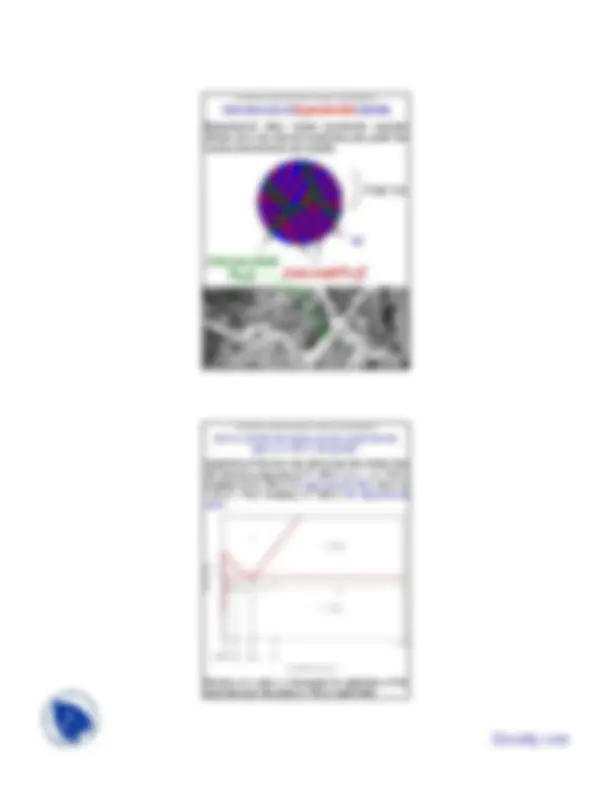
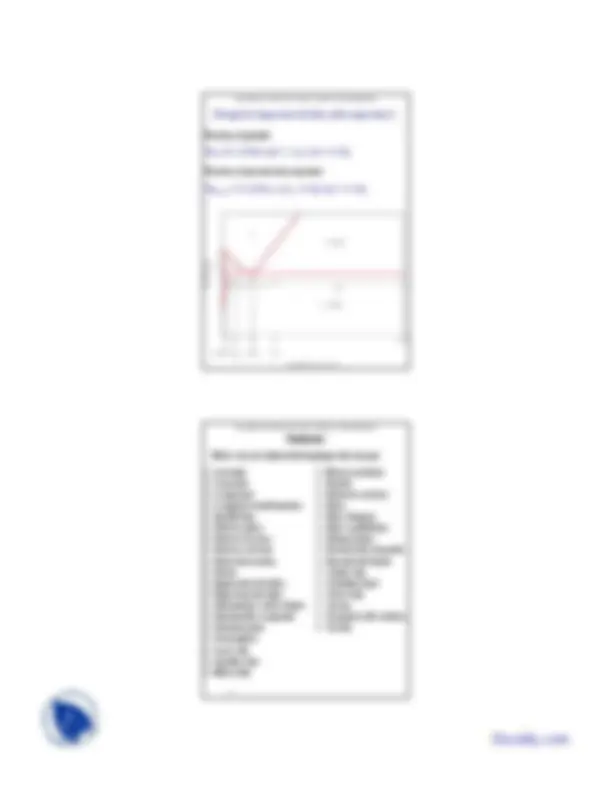



Study with the several resources on Docsity

Earn points by helping other students or get them with a premium plan


Prepare for your exams
Study with the several resources on Docsity

Earn points to download
Earn points by helping other students or get them with a premium plan
Community
Ask the community for help and clear up your study doubts
Discover the best universities in your country according to Docsity users
Free resources
Download our free guides on studying techniques, anxiety management strategies, and thesis advice from Docsity tutors
These are the Lecture Slides of Material Science for Engineers which includes Structure of Wood, Moisture Content, Density of Wood, Mechanical Properties of Wood, Expansion and Contraction of Wood, Concrete Materials, Properties of Concrete etc. Key important points are: Phase Diagrams, Phases and Microstructure, Binary Isomorphous Systems, Binary Eutectic Systems, Iron-Carbon System, Gibbs Phase Rule, Solubility Limit, Free Energy of System, Metastable State
Typology: Slides
1 / 28

This page cannot be seen from the preview
Don't miss anything!





















1
Introduction to Materials Science, Chapter 9, Phase Diagrams
2
Microstructure and Phase Transformations in Multicomponent Systems
Definitions and basic concepts
Phases and microstructure
Binary isomorphous systems (complete solid solubility)
Binary eutectic systems (limited solid solubility)
Binary systems with intermediate phases/compounds
The iron-carbon system (steel and cast iron)
Not tested: 9.12 The Gibbs Phase Rule
3
Component - chemically recognizable species (Fe and C in carbon steel, H 2 O and NaCl in salted water). A binary alloy contains two components, a ternary alloy – three, etc.
Phase – a portion of a system that has uniform physical and chemical characteristics. Two distinct phases in a system have distinct physical or chemical characteristics (e.g. water and ice) and are separated from each other by definite phase boundaries. A phase may contain one or more components.
Introduction to Materials Science, Chapter 9, Phase Diagrams
4
Solvent - host or major component in solution, solute - minor component (Chapter 4).
Solubility Limit of a component in a phase is the maximum amount of the component that can be dissolved in it (e.g. alcohol has unlimited solubility in water, sugar has a limited solubility, oil is insoluble). The same concepts apply to solid phases: Cu and Ni are mutually soluble in any amount (unlimited solid solubility), while C has a limited solubility in Fe.
University of Tennessee, Dept. of Materials Science and Engineering (^) 7
A phase diagram - graphical representation of the combinations of temperature, pressure, composition, or other variables for which specific phases exist at equilibrium.
For H 2 O, a typical diagram shows the temperature and pressure at which ice (solid),water (liquid) and steam (gas) exist.
Introduction to Materials Science, Chapter 9, Phase Diagrams
8
A phase diagrams show what phases exist at equilibrium and what phase transformations we can expect when we change one of the parameters of the system (T, P, composition).
We will discuss phase diagrams for binary alloys only and will assume pressure to be constant at one atmosphere. Phase diagrams for materials with more than two components are complex and difficult to represent.
9
Isomorphous system - complete solid solubility of the two components (both in the liquid and solid phases).
Three phase region can be identified on the phase diagram: Liquid (L) , solid + liquid (α +L), solid (α )
Liquidus line separates liquid from liquid + solid
Solidus line separates solid from liquid + solid
α + L
α
Introduction to Materials Science, Chapter 9, Phase Diagrams
University of Tennessee, Dept. of Materials Science and Engineering (^) 10
Example of isomorphous system: Cu-Ni (the complete solubility occurs because both Cu and Ni have the same crystal structure, FCC, similar radii, electronegativity and valence).
13
Finding the amounts of phases in a two phase region:
The lever rule is a mechanical analogy to the mass balance calculation. The tie line in the two-phase region is analogous to a lever balanced on a fulcrum.
Introduction to Materials Science, Chapter 9, Phase Diagrams
14
15
Introduction to Materials Science, Chapter 9, Phase Diagrams
16
19
Development of microstructure in isomorphous alloys Non-equilibrium cooling
Introduction to Materials Science, Chapter 9, Phase Diagrams
20
Solid can’t freeze fast enough: solidus line effectively shifted to higher Ni concentrations. Shift increases with faster cooling rates, slower diffusion
Complete solidifcation occurs at lower temp. and higher Ni conc. than equilibrium
21
Development of microstructure in isomorphous alloys Non-equilibrium cooling
Introduction to Materials Science, Chapter 9, Phase Diagrams
22
Mechanical properties of isomorphous alloys Solid solution strengthening
25
Binary Eutectic Systems (III) General Rules
Eutectic reaction – transition between liquid and mixture of two solid phases, α + β at eutectic concentration CE.
The melting point of the eutectic alloy is lower than that of the components ( eutectic = easy to melt in Greek ).
At most two phases can be in equilibrium within a phase field.
Three phases (L, α, β) may be in equilibrium only only at a few points along the eutectic isotherm. Single-phase regions are separated by 2-phase regions.
Introduction to Materials Science, Chapter 9, Phase Diagrams
26
Binary Eutectic Systems (IV)
Compositions and relative amounts of phases are determined from the same tie lines and lever rule, as for isomorphous alloys
For points A, B, and C calculate the compositions (wt. %) and relative amounts (mass fractions) of phases present.
27
Development of microstructure in eutectic alloys (I)
Several different types of microstructure can be formed in slow cooling an different compositions.
Let’s consider cooling of liquid lead – tin system at different compositions.
In this case of lead-rich alloy (0-2 wt. % of tin) solidification proceeds in the same manner as for isomorphous alloys (e.g. Cu-Ni) that we discussed earlier.
L → α +L → α
Introduction to Materials Science, Chapter 9, Phase Diagrams
28
Development of microstructure in eutectic alloys (II)
At compositions between the room temperature solubility limit and the maximum solid solubility at the eutectic temperature, β phase nucleates as the α solid solubility is exceeded upon crossing the solvus line.
L
α +L
α
α + β
31
Development of microstructure in eutectic alloys (V) Compositions other than eutectic but within the range of the eutectic isotherm
Primary α phase is formed in the α + L region, and the eutectic structure that includes layers of α and β phases (called eutectic α and eutectic β phases) is formed upon crossing the eutectic isotherm.
Introduction to Materials Science, Chapter 9, Phase Diagrams
32
Development of microstructure in eutectic alloys (VI)
Microconstituent – element of the microstructure having a distinctive structure. In the case described in the previous page, microstructure consists of two microconstituents, primary α phase and the eutectic structure.
Although the eutectic structure consists of two phases, it is a microconstituent with distinct lamellar structure and fixed ratio of the two phases.
University of Tennessee, Dept. of Materials Science and Engineering (^) 33
How to calculate relative amounts of microconstituents?
Eutectic microconstituent forms from liquid having eutectic composition (61.9 wt% Sn)
We can treat the eutectic as a separate phase and apply the lever rule to find the relative fractions of primary α phase (18.3 wt% Sn) and the eutectic structure (61.9 wt% Sn):
We = P / (P+Q) (eutectic) W α ’ = Q / (P+Q) (primary)
Introduction to Materials Science, Chapter 9, Phase Diagrams
University of Tennessee, Dept. of Materials Science and Engineering (^) 34
How to calculate the total amount of α phase (both eutectic and primary)?
Fraction of α phase determined by application of the lever rule across the entire α + β phase field:
W α = (Q+R) / (P+Q+R) (α phase)
W β = P / (P+Q+R) (β phase)
37
Peritectic Reactions A peritectic reaction - solid phase and liquid phase will together form a second solid phase at a particular temperature and composition upon cooling - e.g. L + α ↔ β
These reactions are rather slow as the product phase will form at the boundary between the two reacting phases thus separating them, and slowing down any further reaction.
Peritectics are not as common as eutectics and eutectiods, but do occur in some alloy systems. There is one in the Fe- C system that we will consider later.
Introduction to Materials Science, Chapter 9, Phase Diagrams
38
δ + L ↔ ε
University of Tennessee, Dept. of Materials Science and Engineering (^) 39
Congruent Phase Transformations
A congruent transformation involves no change in composition (e.g., allotropic transformation such as α-Fe to γ-Fe or melting transitions in pure solids).
For an incongruent transformation, at least one phase changes composition (e.g. eutectic, eutectoid, peritectic reactions).
Congruent melting of γ
Ni-Ti
Introduction to Materials Science, Chapter 9, Phase Diagrams
40
Eutectoid Reactions (I) The eutectoid ( eutectic-like in Greek) reaction is similar to the eutectic reaction but occurs from one solid phase to two new solid phases.
Invariant point (the eutectoid) – three solid phases are in equilibrium.
Upon cooling, a solid phase transforms into two other solid phases (γ ↔ α + β) in the example below)